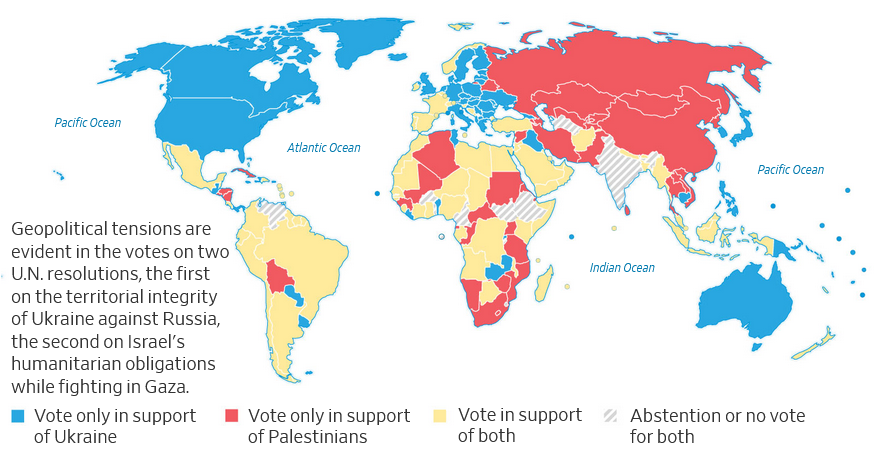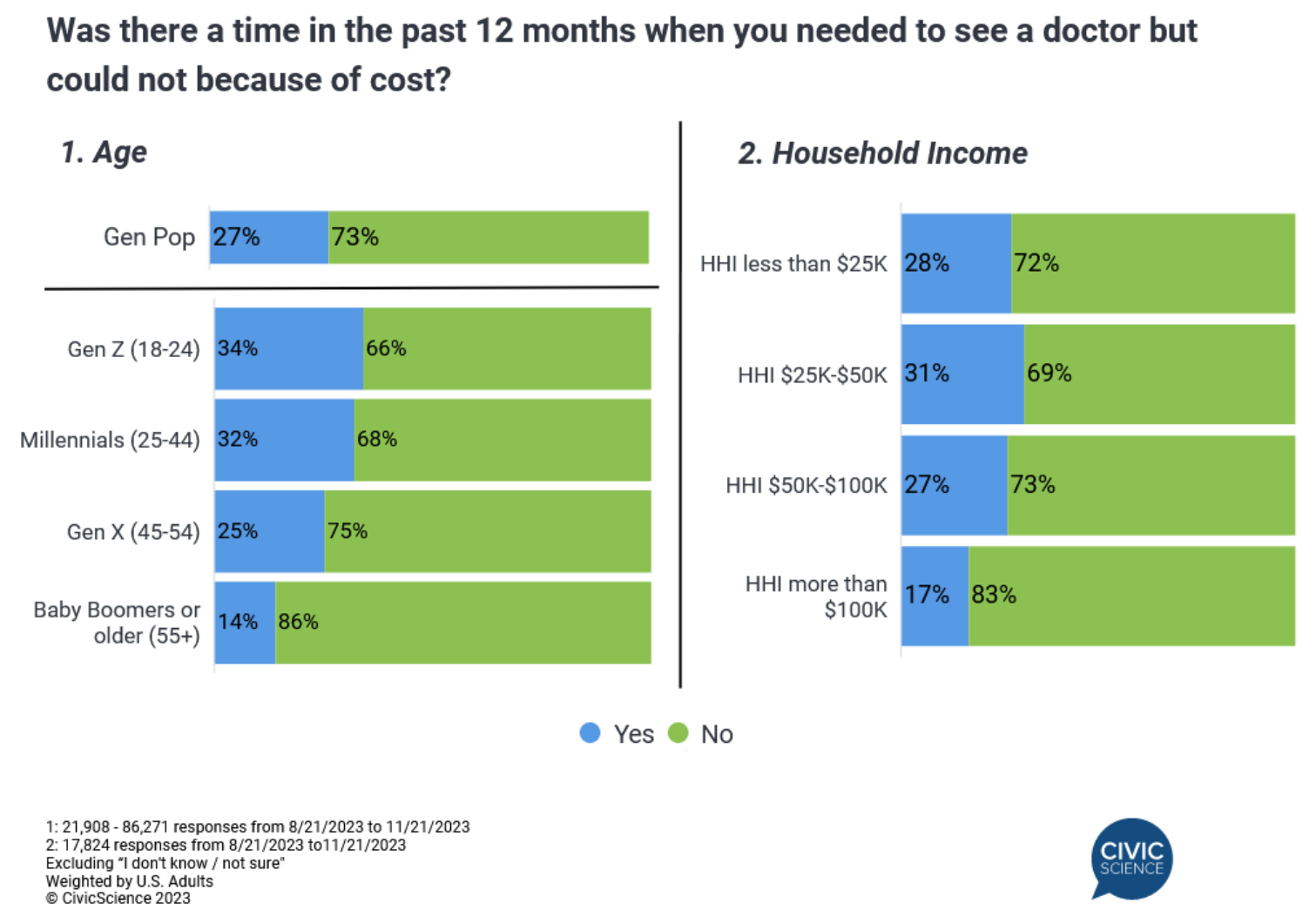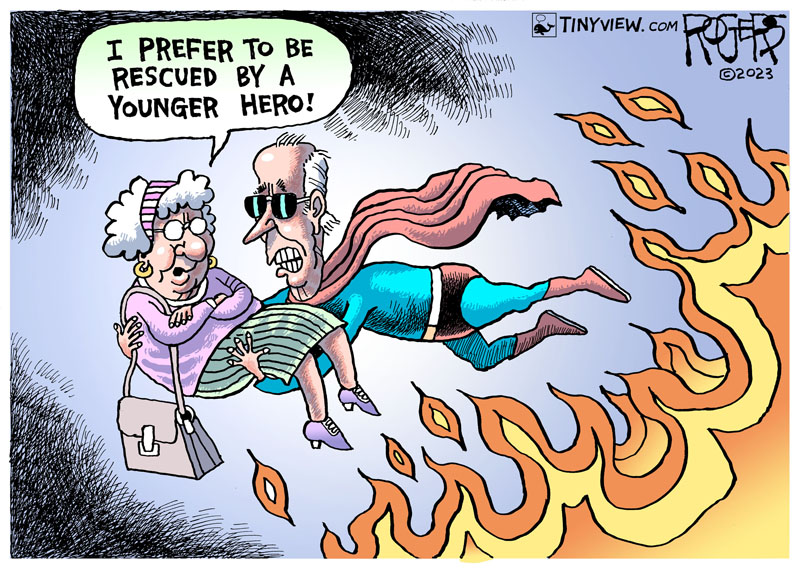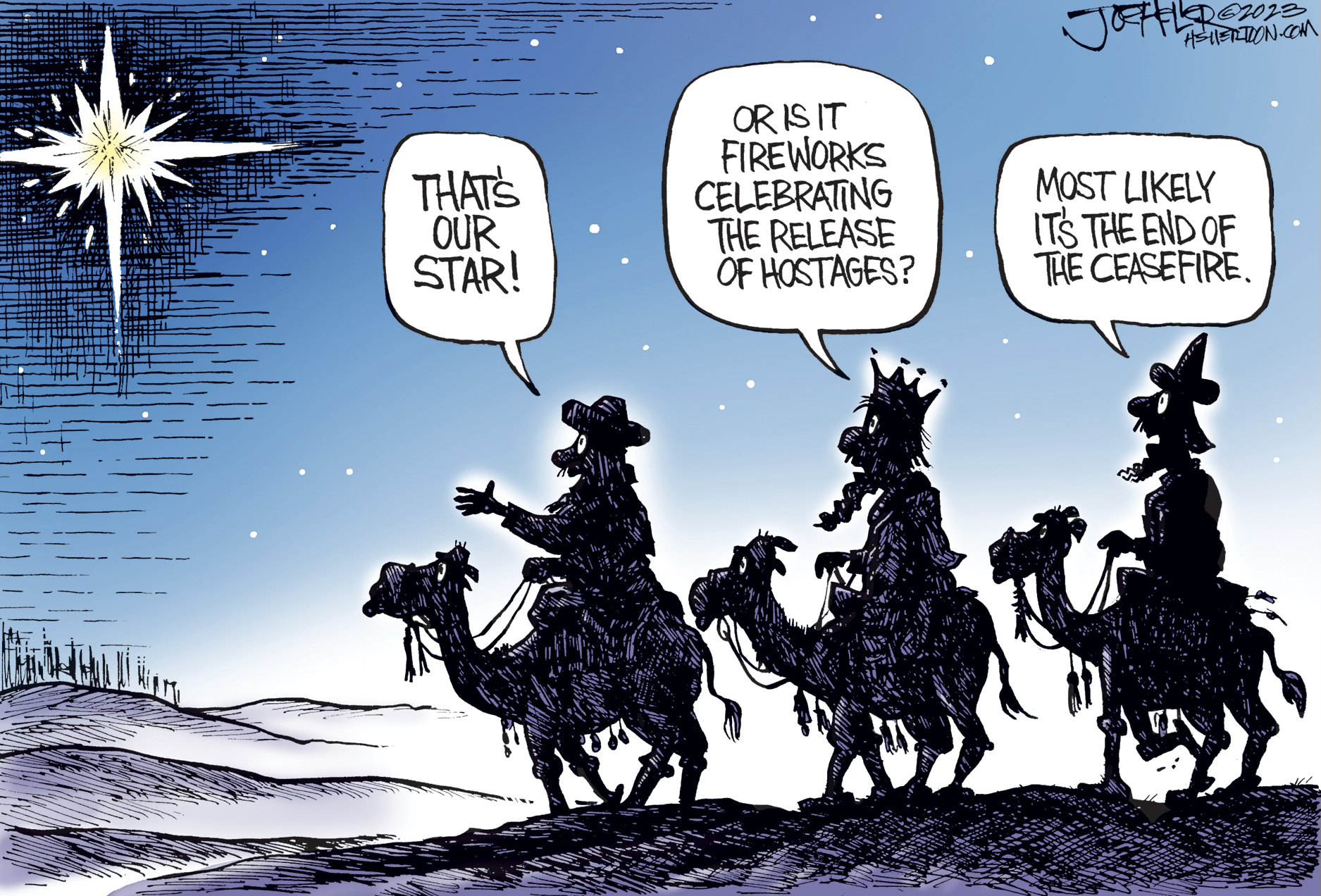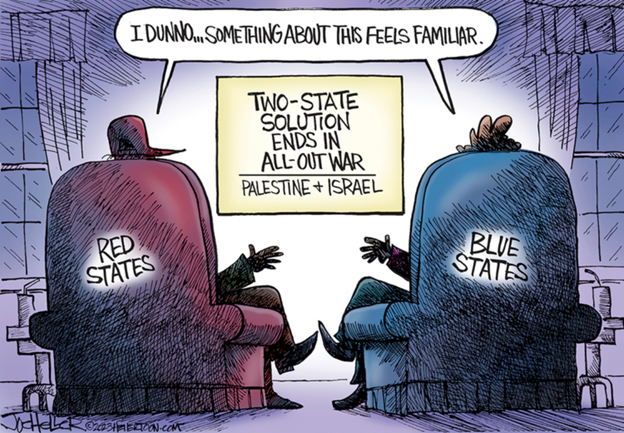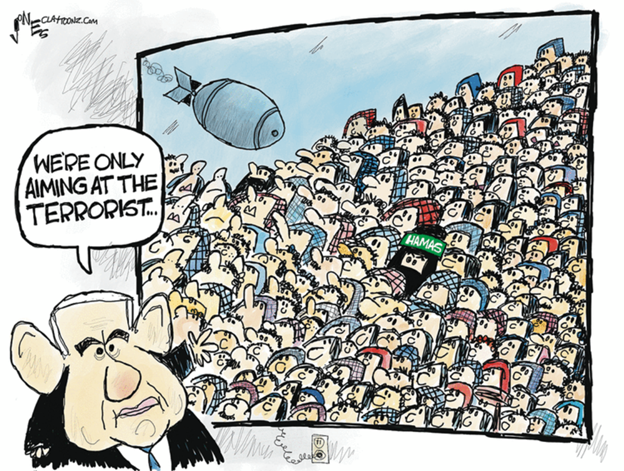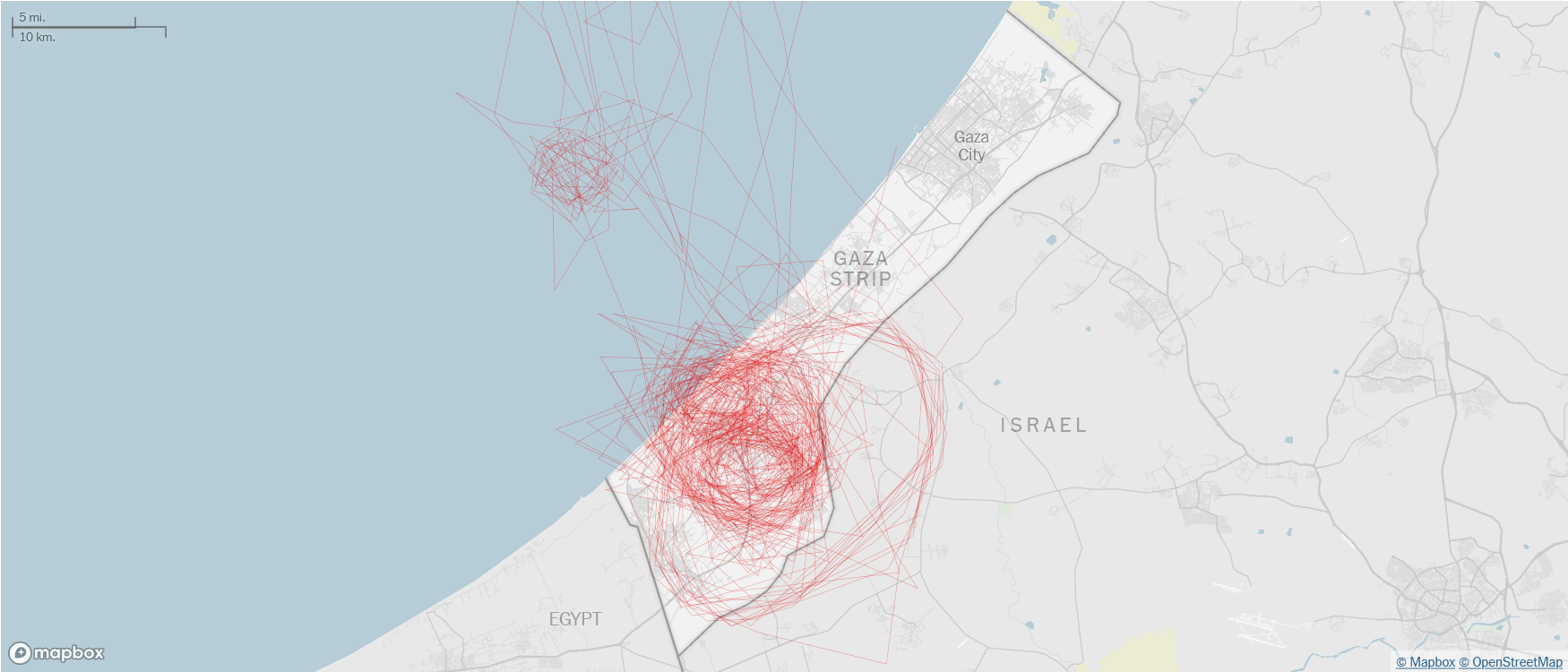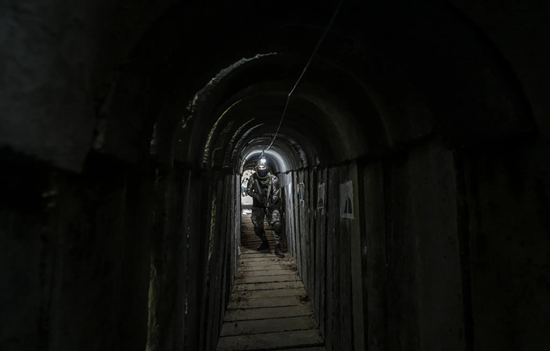The Daily Escape:

Garden of The Gods, CO – December 2023 photo by James H. Egbert
It’s another Monday, and the world is still a mess. There is so much division here at home that we forget that the rest of the world is boiling over with wars. Not a world war, but there are wars everywhere around the world. Americans are focused on the Ukraine War and the Israel/Hamas war, but there are local and regional wars we barely hear about.
From Hal Gershowitz:
“Among the deadliest wars so far in this still young century are the Second Congo War, the Syrian Civil War, the Darfur War in western Sudan, the war in Afghanistan following the attacks on the World Trade Center on September 11, 2001, the war against Boko Harem in Nigeria, the Yemeni Civil War, Russia’s current war against Ukraine, and, of course, the current blood-letting between Israel and Hamas.”
More:
“According to the Geneva Academy….more than 110 armed conflicts are raging worldwide.”
Gershowitz says that in 2022, 237,000 men, women, and children died from organized violence, double the number of armed conflict deaths of the year before. While the bloody toll for 2023 hasn’t been compiled yet, we should expect the numbers to exceed those of 2022.
The Middle East, including North Africa, is the most blood-soaked region of the world, hosting more than 45 shooting wars. We know about the Israel/Hamas fight, but we hear much less about ongoing armed conflicts in Cyprus, Egypt, Libya, Morocco, Syria, Turkey, Yemen and Western Sahara.
There are scores of other active hot conflicts, most of which don’t ever make headlines: Burkina Faso, Cameroon, Central African Republic, Democratic Republic of Congo, Ethiopia, Mali, Mozambique, Nigeria, Senegal, Somalia, South Sudan and Sudan are among the most dangerous places on the planet for civilians.
War dead in this region alone adds up to between hundreds and thousands every day. Some countries, such as the Central African Republic, have had multiple wars. Last year, the war in Ethiopia’s Tigray region accounted for over 100,000 battle-related deaths, according to Oslo’s Peace Research Institute.
Currently, there are 21 separate armed conflicts raging in Asia, two of which are considered international wars (India-Pakistan and skirmishes between India and China). In some countries, such as Pakistan and the Philippines, there are multiple armed conflicts taking place simultaneously. Both countries are host to six separate regional in-country conflicts.
While everyone is familiar with Putin’s war in Ukraine, there are five other European nations (or territories) that Russian armies have occupied, including Ukraine’s Crimean Peninsula, Moldova’s Transdniestria, South Ossetia, and Abkhazia (Georgia).
The deaths in Ukraine are adding up. The US estimated in August that there were approximately 300,000 Russian casualties, including as many as 120,000 deaths and 180,000 wounded. Ukrainian losses were estimated at 70,000 deaths and 120,000 wounded. Since those estimates were released, the toll of dead and wounded on both sides has climbed even higher.
In our hemisphere, there are six armed conflicts in Latin America—three in Mexico and three in Columbia.
The 21st Century is still young, but it’s horribly violent. China is eyeing Taiwan, North Korea is elbowing its way into the nuclear club, and Iran, which follows the Shia form of Islam, is eying all of Arabia, which embraces Sunni Islam.
Back to Israel/Hamas for a few random thoughts: First, at the start of any new armed conflict, the UN, occasionally the US and other nations, call for an immediate cease fire. There hasn’t been a durable cease fire in this century. Yet, Steve Coll in the New Yorker had this to say:
“Even a temporary ceasefire displays the moral power of peacemaking. Last week, as a shaky truce to allow prisoner and hostage swaps and aid deliveries quieted the ruinous war between Israel and Hamas, Israeli families welcomed back more than a hundred children and older adults whom Hamas and its allies had kidnapped on October 7th…..In the West Bank, jubilant crowds waved the flags of Fatah and Hamas as Palestinian parents hugged their teen-age children released from Israeli jails.”
More:
“Ceasefires usually don’t end wars because they don’t address the issues that underlie them. (A study of sixty-seven civil wars published in the Journal of Peace Studies in 2021 found no evidence that ceasefires and prisoner releases led to sustainable peace agreements.)”
Specifically with respect to Israel/Hamas, we can’t see what the end state looks like. Netanyahu visited Gaza during the ceasefire and cited three aims: “eliminating Hamas, returning all of our hostages, and insuring that Gaza does not become a threat to the State of Israel again.”
As Wrongo said two months ago, it is difficult to see how the second objective can be achieved in tandem with the first. Regardless of what Netanyahu thinks, the third will not be controlled by Israel, even though it may be the most important of Israel’s three objectives.
Another problem is that this war is causing a terrible divide in America. Think about how quickly U of Penn’s president Liz Magill was forced to resign after giving a truthful and legally correct answer to an utterly bad faith question. The question she was asked was, “Is calling for the genocide of Jews always a violation of Penn’s code of conduct in regard to bullying and harassment?”
Now, no rational person is in favor of genocide, but Rep. Stefanik’s question implies that simply speaking out in support of Palestinians is the equivalent of calling for Jewish genocide. Plenty of today’s college students support Palestine, and very few of them think that Jews should be exterminated.
Stefanik’s question asks us to ignore people’s free speech rights when they are awful and noxious. It lands very close to the witch hunting of McCarthyism in the 1950s.
Also, it’s clear in Wrongo’s circle that people are afraid to express opinions on the Israel/Hamas war, because whatever is said is sure to offend someone. It could possibly be enough to cause a threatening retaliation. What’s worse is that not a single person will live or die in the Middle East because of anything anyone says or doesn’t say at the University of Pennsylvania or in Wrongo’s hometown.
There is nothing at stake in the performative rage about what’s said at college demonstrations. It’s all empty theater.
Time to wake up America! If Republicans and other hardliners are able to make criticism of Israel a forbidden topic in mainstream society, that means our democracy will die right along with the many more deaths we will see in the Middle-East.
To help you wake up, watch and listen to a globally produced cover of Marvin Gaye’s “What’s Going On” by the people behind Playing For Change. This song came out in 1971 when the Vietnam war was still going on. Here it features Sara Bareilles among many other talented people:
Sample lyric:
Father, father
We don’t need to escalate
You see, war is not the answer
For only love can conquer hate
You know we’ve got to find a way
To bring some loving here today…


